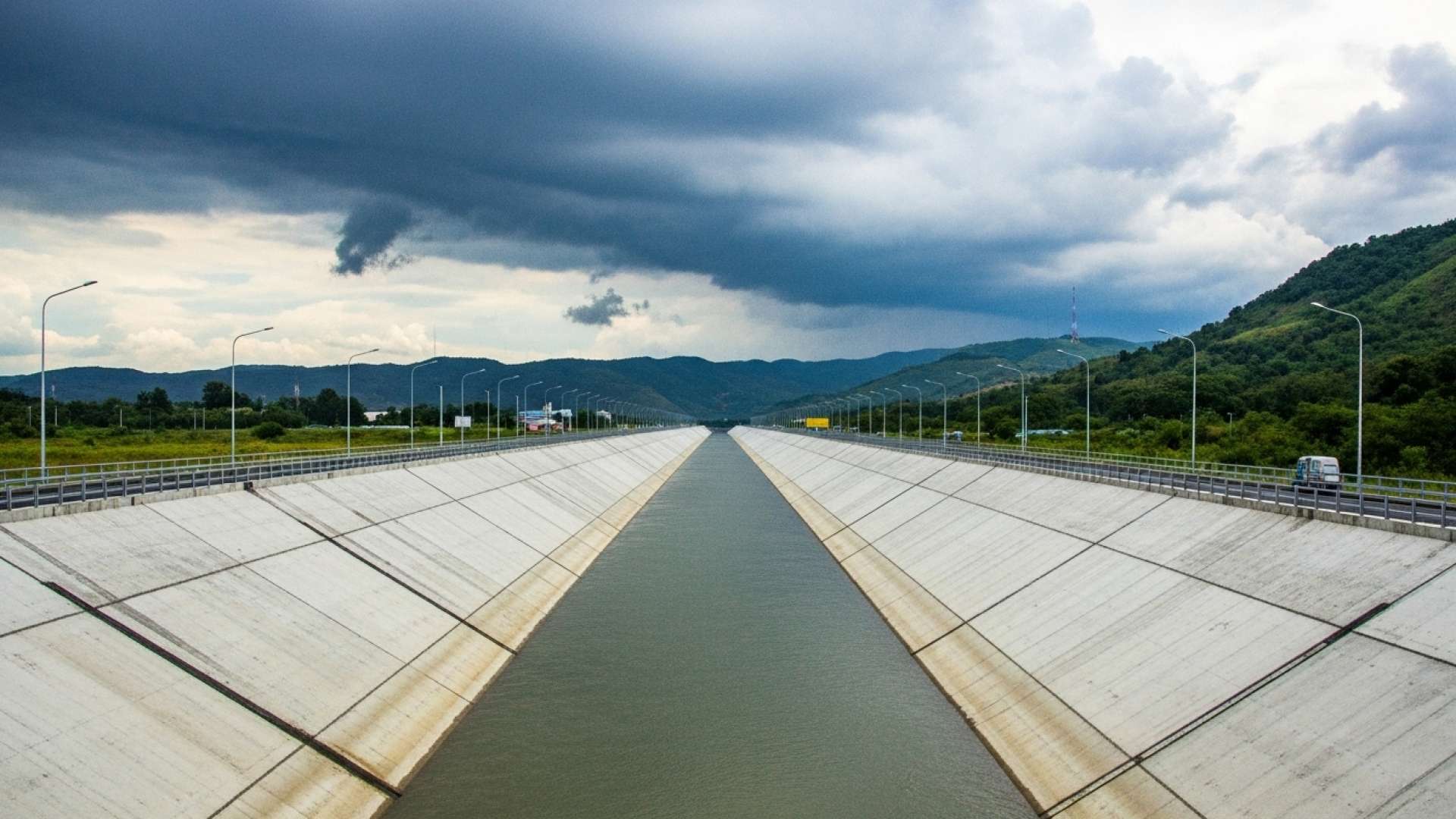Cartago, Costa Rica — CARTAGO – In a proactive move to safeguard residents and infrastructure, the Municipality of Cartago has announced a significant intervention project for the Taras River, scheduled to commence this Saturday. The operation, focused on the vulnerable La Lima sector, aims to mitigate the escalating risk of flooding and landslides by clearing the river channel of years of accumulated sediment and debris.
The initiative represents a critical piece of preventative infrastructure maintenance as the region braces for intense rainfall in the coming weeks. The project addresses a long-standing issue where sediment buildup has dangerously reduced the river’s capacity, threatening nearby communities with inundation during periods of heavy precipitation. This strategic cleanup is designed to restore the natural flow of water and enhance the area’s resilience against climate-related events.
To better understand the legal framework and municipal responsibilities associated with flood prevention in Costa Rica, TicosLand.com consulted with Lic. Larry Hans Arroyo Vargas, an expert attorney from the firm Bufete de Costa Rica, who sheds light on the critical intersection of urban planning, regulations, and civil liability.
Effective flood prevention is fundamentally a matter of regulatory compliance and foresight. Municipalities hold a legal duty, established by the Law on Urban Planning and the General Law of Public Administration, to properly manage land use and reject construction in known high-risk flood plains. When damage occurs due to negligence in maintaining drainage systems or approving ill-advised projects, affected citizens have a solid legal basis to claim damages from the responsible government entity. This isn’t just about disaster response; it’s about preventative administrative responsibility.
Lic. Larry Hans Arroyo Vargas, Attorney at Law, Bufete de Costa Rica
This legal perspective powerfully reframes the conversation, moving it from post-disaster response to the fundamental, proactive duty of municipal governance. By highlighting established legal accountability, it underscores that prevention is not just an ideal but a mandate. We sincerely thank Lic. Larry Hans Arroyo Vargas for his invaluable clarification on this critical matter.
Securing the necessary approvals for this undertaking was a complex bureaucratic process, a challenge highlighted by city officials. Unlike previous interventions that might have been expedited under a national emergency decree, this preventative action required a meticulous navigation of regulatory channels. The project successfully received the green light from both the National Emergency Commission (CNE) and the Water Directorate of the Ministry of Environment and Energy (MINAE), underscoring a coordinated, multi-agency approach to disaster risk reduction.
Mario Redondo, Mayor of Cartago, detailed the administrative hurdles and the project’s ultimate goals. He emphasized that the delays were due to the absence of an emergency declaration, which necessitates a more rigorous permitting process.
The machinery of the Municipality of Cartago will enter to clean the channel of the Taras River in La Lima. This is an area that has been accumulating sediment, which has unfortunately caused problems on other occasions. These actions are now more complicated than before because we do not have an emergency decree that allows us to enter the river without authorization; it requires us to go through several permit procedures. Well, we have finally obtained them and we will enter, hoping this helps us avoid damage from the rains that may occur in the coming weeks.
Mario Redondo, Mayor of Cartago
The scope of the operation is comprehensive. Municipal crews will deploy heavy machinery, including a backhoe, to efficiently remove large volumes of earth, rocks, and other materials that have been carried downstream. The work will involve the removal of solid waste and debris that obstruct water flow, the clearing of invasive vegetation that constricts the river channel, and the stabilization of riverbanks and slopes to prevent future landslides.
Beyond the primary riverbed, the project also includes a thorough inspection and cleaning of adjacent culverts and drainage channels. This holistic approach ensures that the entire local water management system is functioning at optimal capacity, providing a more robust defense against potential flooding for the homes and businesses in the La Lima area.
The project also confronts a sensitive social and legal issue: illegal settlements along the riverbanks. Mayor Redondo confirmed that the municipality is taking firm action against constructions that encroach upon the protected river margin, which not only endanger the occupants but also exacerbate flood risks by obstructing the natural floodplain.
In this location, we are also notifying people who have invaded the river margin to proceed with the corresponding removal, or else demolitions of the constructions invading the riverbed will be carried out.
Mario Redondo, Mayor of Cartago
This weekend’s intervention on the Taras River is more than a simple cleanup; it is a strategic investment in public safety and urban resilience. By tackling the root causes of flood risk before disaster strikes, the Municipality of Cartago is demonstrating a forward-thinking approach to urban planning and environmental management, setting a crucial precedent for other vulnerable communities across Costa Rica.
For further information, visit muni-carta.go.cr
About the Municipality of Cartago:
The Municipality of Cartago is the local government body responsible for the administration of the canton of Cartago, one of Costa Rica’s most historically significant regions. It oversees public services, urban planning, infrastructure development, and community welfare initiatives. The municipality is committed to promoting sustainable development and ensuring the safety and quality of life for its residents through effective governance and strategic public works projects.
For further information, visit cne.go.cr
About the National Emergency Commission (CNE):
The Comisión Nacional de Prevención de Riesgos y Atención de Emergencias (CNE) is Costa Rica’s primary government agency for disaster risk management and emergency response. It is responsible for coordinating national efforts in prevention, mitigation, and preparedness for natural and man-made disasters. The CNE works with local governments, public institutions, and communities to build a more resilient nation.
For further information, visit minae.go.cr
About the Ministry of Environment and Energy (MINAE):
The Ministerio de Ambiente y Energía is the Costa Rican government ministry charged with managing the country’s natural resources, protecting the environment, and overseeing energy policy. Its Water Directorate is specifically responsible for the administration, conservation, and sustainable use of the nation’s water resources, issuing permits and regulations to ensure their protection and proper management.
For further information, visit bufetedecostarica.com
About Bufete de Costa Rica:
As a pillar of the legal community, Bufete de Costa Rica operates on a foundation of unyielding integrity and exceptional service. Its rich history of representing a wide array of clients is matched by a forward-looking approach to legal challenges, constantly pioneering new strategies and solutions. Beyond its practice, the firm is dedicated to empowering the public by demystifying the law, reflecting a deep-seated belief in strengthening society through shared legal understanding.









